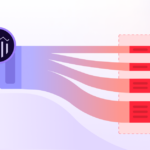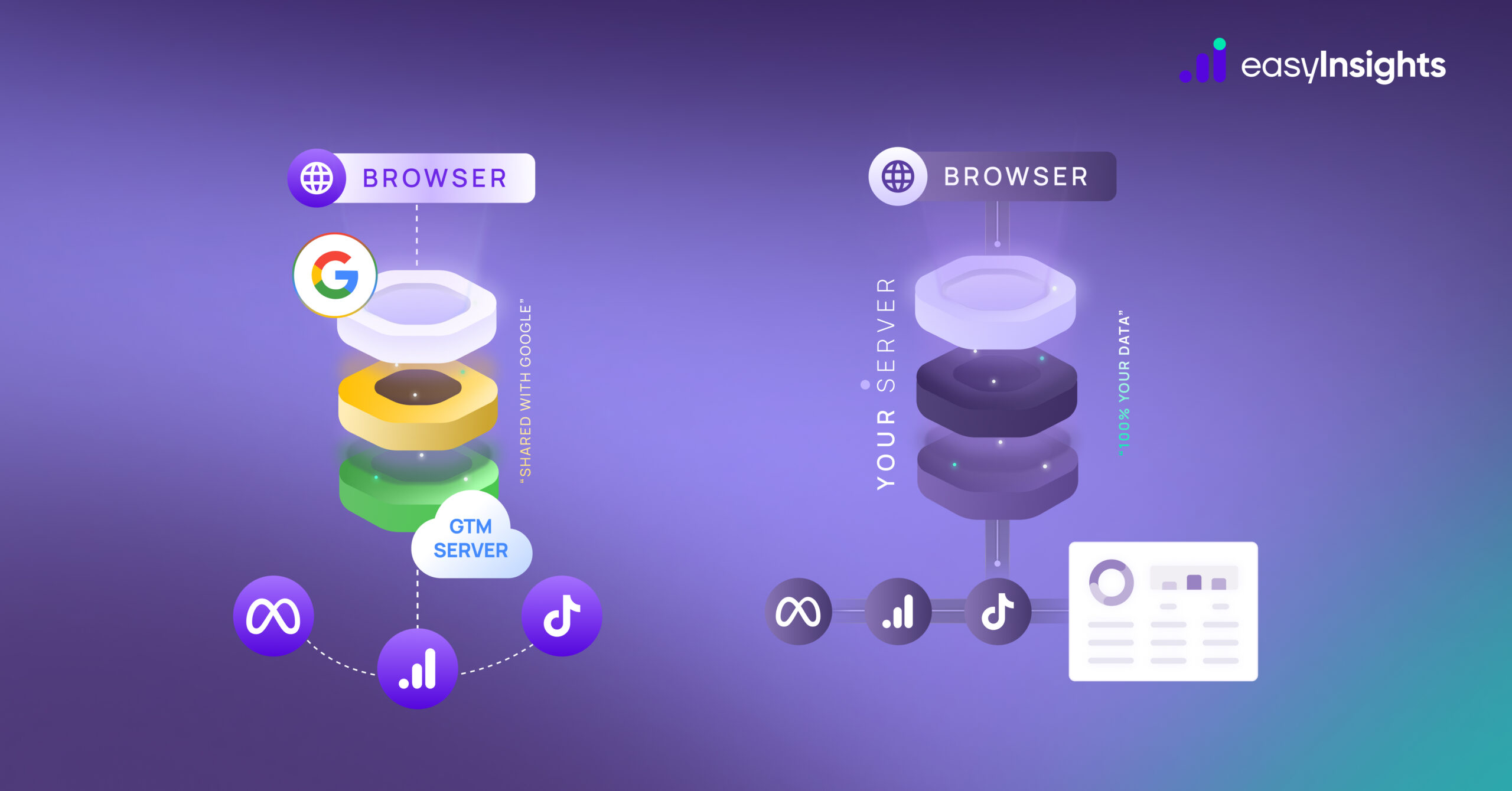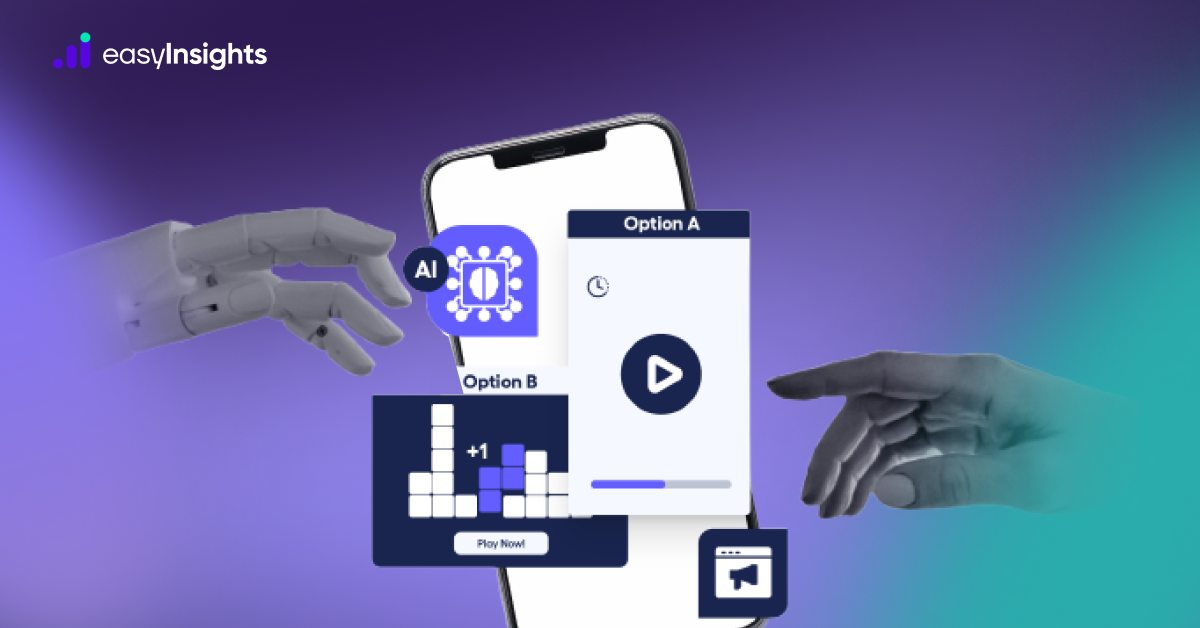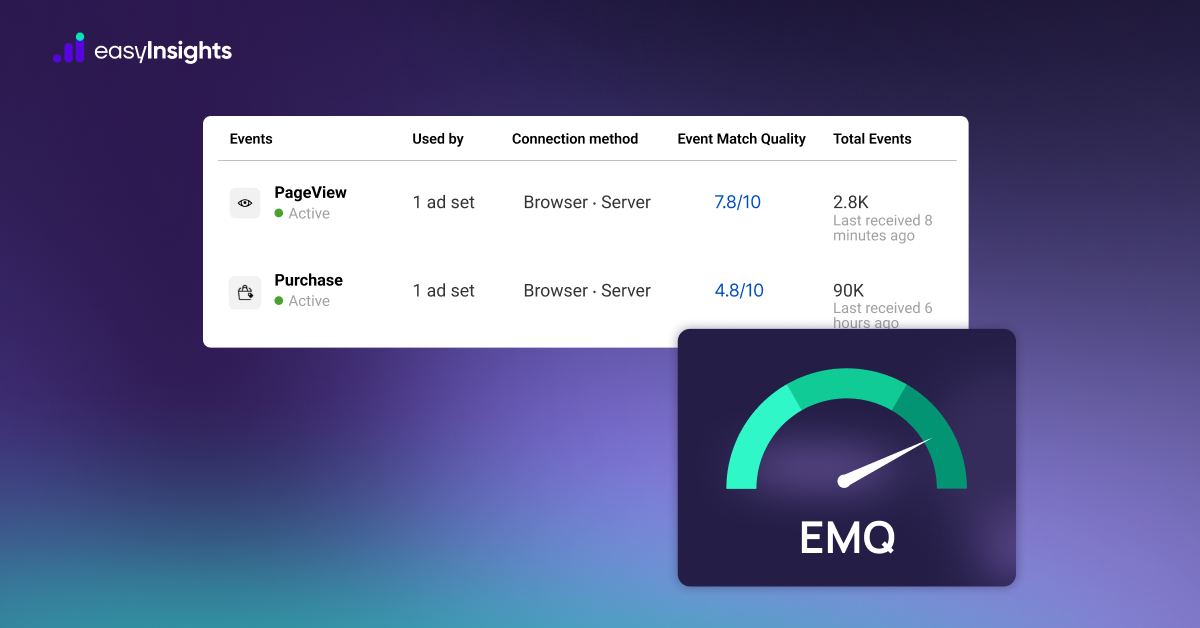
Businesses have traditionally limited data access to the IT department. But as individual data requests from each department start mounting, gatekeeping this valuable resource can cause bottlenecks that will ultimately hamper the growth and smooth functioning of the company. And this is what makes data democratization a need today.
Data democratization is not a passing trend that we’ll bid adieu to as the sun comes up tomorrow but a very real mindset shift that can facilitate better and faster decision-making. In fact, Exasol’s survey finds that 90% of business leaders believe data democratization to be a priority and are taking necessary steps to achieve it.
But why should marketers care? This is what we discuss here. This article explores what this new concept is, how it affects marketers, and, most importantly, how to go about democratizing your data.
Jump ahead to:
What Does Democratization of Data Mean?
Data democratization essentially removes the red tape around company data and opens access to all employees, irrespective of data literacy levels. It allows all employees to gain data from a single source of truth with the company instead of seeking it externally.

But that’s not all, data democratization also means educating non-technical employees on how to work with data. To put it simply, here’s what data democratization means for a company.
- Allows employees to access company data, preventing data silos.
- Allows non-technical employees such as marketers, sales personnel, and others to access data independently without the tedious process of first contacting the IT department.
- Facilitates actionable insights that non-technical employees can interpret.
What makes data democratization particularly valuable to marketers is that it allows them to use data to produce successful campaigns that reach their target audience without pinching the pocket. And in today’s competitive marketing landscape, marketers need to make every campaign count, making data more valuable than ever.
Additional read: The Ultimate Guide to Marketing Data Warehousing – Marketers & Analysts Edition
What is the Goal of Data Democratization?
Here’s how data democratization benefits marketers.
Facilitates Quicker Decision-Making
Data democratization means opening access to company data. So instead of marketers having to first get in touch with the IT department, raise a data request and then wait for the latter to respond, marketers can avoid this roundabout route and access it themselves.
And so, by eliminating the middlemen, marketers can now make data-driven decisions faster. Additionally, IT personnel can concentrate on tasks more aligned with their expertise rather than play the role of a gatekeeper.
Helps Build a Culture of Innovation
Another benefit of data democratization is that it empowers marketers to analyze and explore data with their own goals in mind. This allows them opportunities to find new and creative ways to leverage data and drive campaign targets.
For instance, by accessing customer and product data directly, marketers could identify innovative and efficient ways to reach their target audience quicker, thus driving lead generation efforts.
Data Democratization Encourages Collaboration
When each department maintains its own data repository restricting access to other teams, it is known as siloed data. The existence and scope of this data are generally unknown to other company teams. And this often causes a knowledge gap and data inaccuracy across the company, hampering the cohesiveness of the business.
Additional read: What are Data Silos and Why are they Bad?
Data democratization eliminates this. With data freely available to all employees, irrespective of department or technical background, it removes barriers between teams and allows for a more collaborative environment in the company.
Offers Marketers a Competitive Advantage
Data is a powerful resource. It allows marketers to better understand their target market, competitors, and the like. And by leveraging this information in a quick and efficient manner, marketers are granted an opportunity to outshine their competitors and make a real mark on their audience.
An added bonus is that marketers can now gain insight into how other departments are performing. And by doing this can better align their marketing objectives with overall organizational goals.
Challenges Faced During Data Democratization
Data democratization brings a lot to the table. However, here are some points to keep in mind.
1. Data Democratization Requires Substantial Initial Investment
Data democratization requires a substantial investment of both time and resources to set up. From reevaluating existing data assets and data guidelines to integrating data management systems that align with data democratization principles- it needs time, money, and expert professionals.
2. Maintaining Data Quality
Data democratization is not a one-time process but an ongoing practice that businesses must inculcate. And an important part of this is ensuring data integrity.
Sub-standard data quality can lead to mistrust in this resource and, ultimately, in its ability to provide any value to marketers. If employees are unable to organize and explore data efficiently, chances are it will lie unused. And this can make the entire exercise of data democratization redundant.
3. Requires Employee Reorientation and Training
One of the most significant challenges of data democratization is ensuring that employees accessing data understand how to work with it and extract insights. If not, data democratization offers no real value to the company.
To prevent this, marketers must be educated and trained on how to navigate their way around data sets. This requires targeted training sessions and a mindset shift towards a more data-driven approach.
Additional read: 6 Data-Driven Marketing Strategies That Are A Game-Changer
What is the Strategy of Data Democratization?
Here’s a four-step guide on how to implement data democratization.
1. Take Stock of the Situation
The first step to data democratization is conducting an internal data audit. This means finding answers to questions such as,
- Where is data stored currently? On an office campus, in the cloud, or both?
- What are the tools and technologies currently gathering, analyzing, storing, and managing your data?
- Who has governance over what data?
- Who are the end users?
Answering these questions helps set up a firm understanding of how to go about implementing data democratization.
2. Ascertain Your Business’s Data Literacy Level
As discussed earlier, data democratization is more than just opening access to the resource. It’s also about educating non-technical employees on how to derive value from it.
And so, the next step in implementing data democratization is ascertaining how data-literate employees are. This can be done by floating a short quiz or conducting a thorough assessment. This can be organized by the IT department or through a third-party consultant.
3. Identify Data Solutions
Deciding on a business intelligence tool can be nerve-wracking. And so, we recommend starting with online product review platforms, employee recommendations, and the like. This will help you sift through the market and book demos faster.
Here are some factors to consider when choosing a data management solution.
- Market standing
- Ease of use
- Scalability
- Ability to integrate with existing business systems
- Quality of customer service
Further, companies can consider investing in no-code tools to help non-technical employees analyze data more quickly. These tools offer an intuitive interface that allows anyone to explore data, irrespective of their technical background.
Keeping these in mind will help you identify the best solution for the company.
4. Conduct Employee Training Sessions
Now that you have your data toolset decided, the last step is educating employees on how to navigate it. Schedule training sessions, product demos, and regular check-ins to ensure your employees learn how to maximize efficiency through data.
The aim is to drive your RoI. And the only way you can do this is by ensuring those you need the data know aren’t left grappling in the dark.
Additional read: Improving Your Data Pipelines to Power BI using EasyInsights
Data Democratization: Best Practices
Here are some best practices to make the most out of data democratization.
1. Consider Employee Perspective
Employees must be involved while choosing data solutions. After all, they are the end users. Factoring in their take helps zero in on the best data management solution for the company. They must be part of product demos and trials to help analyze possible solutions from a practical viewpoint.
For instance, if marketers find the user interface of a tool inconvenient, it’s reason enough to drop the tool from consideration.
2. Ensure Data Quality
Data democratization can suffer if your data is outdated, inaccurate, or inconsistent. To avoid this, ensure you manage your datasets proactively. This way, marketers will work with reliable data that can act as firm foundations for successful marketing decisions.
3. Prioritize Responsible Data Management
With great data comes great responsibility. Data democratization advocates greater access to data but with caution. Businesses must ensure they access data within the confines of data protection laws such as the General Data Protection Regulation (GDPR).
Automated data governance and data profiling tools help identify information that falls under personally identifiable information (PII). Businesses with extensive data sets can consider integrating these to ensure their data management efforts align with international privacy laws.
4. Choose Agnostic Solutions with a Long-Term Perspective
Agnostic tools are those that integrate seamlessly with your existing systems. Choosing a solution that offers such flexibility ensures that operations continue to run smoothly as the organization grows and integrates with other systems.
One worthy mention here is no-code data analytics tools. These tools, being specially designed to open access to data exploration, offer an intuitive and no-code alternative. In simple words, users don’t need to know how to code to extract insights from data. These tools do it for you!
Final Thoughts
Data democratization allows marketers quicker and smoother access to valuable data that can help them develop data-backed, innovative, and targeted marketing campaigns that stand the test of time. And with the best practices mentioned above, data democratization could help marketers gain an edge over their competition.
But once you have the data, you need a platform that can help you extract insights. And that’s where EasyInsights comes in. This comprehensive data analytics tool generates detailed reports that allow marketers to understand how their campaigns are faring. Further, its premium capabilities allow you to collect as well as combine data on one single platform instead of shunting between different software. And the cherry on the cake? EasyInsights integrates with leading CRM systems and scores leads before sharing them with your sales team.
So, take your data insights to a whole new level with EasyInsights. Request a demo today!
Additional read: EasyInsights – A Better Alternative to Supermetrics








